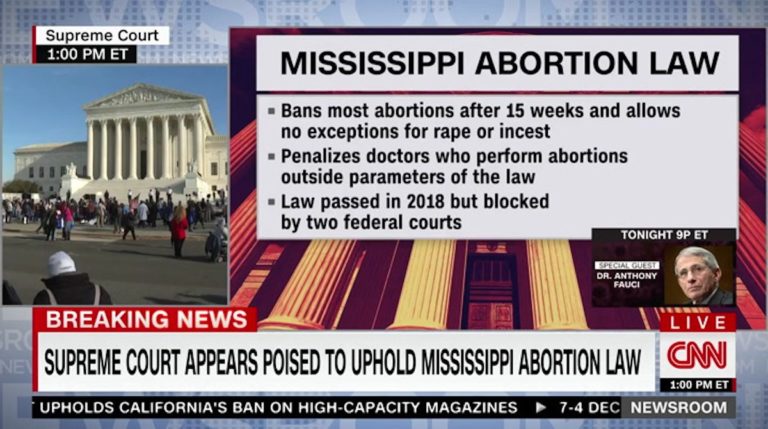Author: Ulrike Haugen
The world is approaching a watershed moment as energy demand is set to plateau from 2030, driven by the greater efficiency with the wider application of electricity. A rapid decarbonization of the energy supply is underway with renewables set to make up almost half of the energy mix by 2050, although gas will become the biggest single source of energy.
These are some of the findings of DNV GL’s inaugural Energy Transition Outlook, a report that charts the world’s energy future to the middle of the century.
- Energy efficiency will improve faster than global economic growth due to the rapid electrification of the world’s energy system, leading to a plateau in energy demand from 2030.
- Renewable energy sources will continue to rise, making up nearly half of global energy supply by 2050, cutting energy-related CO2 emissions in half by that time.
- Gas supply will peak in 2035, but will still be the biggest single source of energy by mid-century.
- Oil supply will flatten out in the period 2020 to 2028 and then fall significantly to be surpassed by gas in 2034.
- The world will manage the shift to a renewable future without increasing overall annual energy expenditure, meaning that the future energy system will require a smaller share of GDP.
As an independent quality assurance and risk management company serving both the renewable and the oil and gas industries, DNV GL is in a unique position to provide a balanced analysis of the energy transition.
“As a company, we are highly exposed to the radical changes that will come to every part of the energy value chain, and it is critical for our customers and ourselves that we understand the nature and pace of these changes,” says Remi Eriksen, Group President & CEO of DNV GL. “The profound change set out in our report has significant implications for both established and new energy companies. Ultimately, it will be a willingness to innovate and a capability to move at a speed that will determine who is able to remain competitive in this dramatically altered energy landscape.”
Historically, energy demand and CO2 emissions have moved broadly in line with GDP and population growth, but that relationship will unravel. Electrification, particularly with the uptake of renewables, will change the way in which energy is supplied and consumed. While the global economy and world population are set to grow modestly, energy demand will flatten out and CO2 emissions will drop sharply.
DNV GL forecasts that renewables and fossil fuels will have an almost equal share of the energy mix by 2050. Wind power and solar photovoltaics (PV) will drive the continued expansion of renewable energy, whilst gas is on course to surpass oil in 2034 as the single biggest energy source. Oil is losing ground as a source of heat and power and is set to flatten from 2020 through to 2028 and fall significantly from that point as the penetration of electric vehicles gains momentum. Coal use has already peaked.
The global energy transition will occur without a significant increase in overall annual energy expenditure and on a straight comparison, the world’s energy will cost less than 3% of global GDP compared to the current level of 5%. Solar PV and wind costs are set to decrease by 18% and 16% respectively per the doubling of capacity. Although the oil and gas industry has responded impressively to the present lower price environment, renewables will improve cost performance at a much faster rate, benefitting from the ‘learning curve’ effect. Electric vehicles will achieve cost parity with internal combustion vehicles in 2022 and, by 2033, half of new light vehicle sales globally will be electric.
Despite greater efficiency and reduced reliance on fossil fuels, the Energy Transition Outlook indicates that the planet is set to warm by 2.5˚C, failing to achieve the 2015 Paris Agreement target.
“Even with energy demand flattening and emissions halving, our model still points to a significant overshoot of the 2°C carbon budget. This should be a wake-up call to governments and decision-makers within the energy industry. The industry has taken bold steps before, but now needs to take even bigger strides,” says Eriksen.
These findings are drawn from the global Energy Transition Outlook. Three sector-specific supplements will accompany the main report, including an oil and gas version, and a renewables, power and energy-use version, both to be launched this week; a maritime version will be launched later this year. Each of these reports examines sector-specific consequences of the energy transition in greater depth and gives pointers for each industry on the challenges and the opportunities that lie ahead.
The full Energy Transition Outlook 2017 publication can be found here: https://eto.dnvgl.com
About DNV GL
DNV GL is a quality assurance and risk management company providing certification and independent expert advisory services to the oil & gas, power, and maritime industries. Driven by our purpose of safeguarding life, property and the environment, DNV GL enables organizations to advance the safety and sustainability of their business.
As a technology-based company, DNV GL continuously invests in research and collaborative innovation, empowering customers’ decisions and actions with trust and confidence. With origins stretching back to 1864, DNV GL’s reach today is global with operations in more than 100 countries.




36 Comments
Pingback: crichd
Pingback: dayz hack free
Pingback: ต่อผม
Pingback: https://darkmattermarketwiki.com
Pingback: เพราะอะไร tsbobet ถึงปิดให้บริการ
Pingback: รถรับส่งสนามบินในญี่ปุ่น
Pingback: ezybet
Pingback: ทดลองเล่นสล็อต pg
Pingback: คลินิกเสริมความงาม
Pingback: proteins
Pingback: Diyala University in iraq
Pingback: หวยดีใจ เว็บหวยออนไลน์ บาทละ 1000
Pingback: Investor Relations หรือ นักลงทุนสัมพันธ์
Pingback: เกม18+
Pingback: télécharger betwinner
Pingback: ระบบจัดการออเดอร์
Pingback: เว็บปั้มไลค์
Pingback: รับทำวีซ่า
Pingback: GREYBET เว็บไซต์ได้มาตรฐาน เว็บตรง อันดับ 1
Pingback: pg168
Pingback: 1win Colombia
Pingback: منصة 1xBet للمراهنات
Pingback: บาคาร่าเกาหลี
Pingback: สล็อตเว็บตรง
Pingback: new88
Pingback: พูลวิลล่านครนายก
Pingback: โบลเวอร์ kruger
Pingback: Go X VIP
Pingback: essentials fear of god
Pingback: Villa for Rent in Phuket
Pingback: click site
Pingback: พรมปูพื้นรถยนต์
Pingback: Buy Villa Phuket
Pingback: отзывы посетителей Лофт казино
Pingback: slot Sweet Bonanza
Pingback: บาคาร่า sexy168